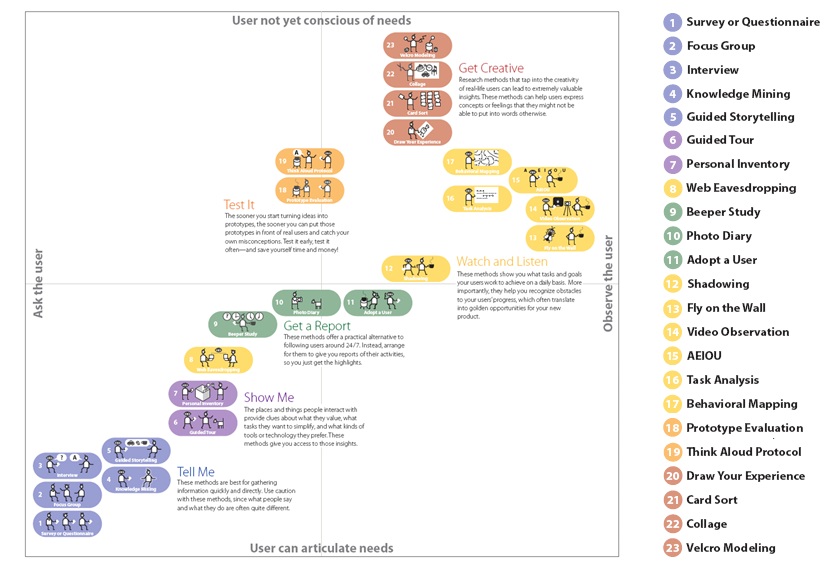When I was a child my exposure to understanding how animals lived mostly came from either watching a wildlife show on TV, perhaps an exciting movie featuring Tarzan, visiting the zoo, or when I got a little older through reading National Geographic, I learned of the famed exploits of the scientist Jane Goodall studying apes.
TV shows were usually exiting adventures in the African jungle, featuring brave hunters who tracked a lion or tiger, not to kill them, but to tag them so they could be studied. I don’t seem to remember too much of what they learned from the tagging, but I sure do remember the tranquilizer darts. Tarzan movies were exciting adventures of how a man when left in the wild, would not only become king of the jungle, but choose to forsake civilization. They of course were pure Hollywood, yet for many moviegoers of the day, it was their only exposure to seeing wildlife not in a cage at the zoo. Visiting the zoos has always been a very varied and cultural experience. I am old enough to have seen the transformation of animals living in cages to the now open habitat experience. Though I must share a quick story about a trip to Siberia when I went with a friend to the zoo in Krasnyoarsk, where zoo architects had cleverly sloped the landscape downwards towards the walking paths so that the animals would naturally be inclined to be situated close to the visitors’ walking path. While there I was able to witness feeding time where I saw the zookeepers throwing live chickens into the cages of the bears. What a bloody mess. When I asked my friend if this was normal, she replied of course, “What else would you feed them?” Reading about Jane Goodall seemed to me like the real deal. Here was a scientist on a mission who was using the scientific method to answer a really important question; “Could humans somehow impact the lives of apes, an endangered species through a real understanding of how the apes live and interact in a world that we, the humans, are constantly changing?
So how does this all relate to how we try to map personas and customer journeys in today’s digital world? Ask yourself if you are practicing the “Wild Kingdom Method” or the “True Science of Ethnography” (here’s a hint; if you need to look up the word it probably the one that requires the use of tranquilizer darts). Individuals who do have degrees in Cognitive Engineering will tell you that there are 4 basic quadrants of how to map a user’s behavior when performing tasks: 1.) Ask the user; 2.) Observe the user; 3.) User can articulate needs; and 4.) User not yet conscious of needs. Below is a chart illustrating various strategies that can be deployed to solve the riddle.
Of course not everyone tasked with defining personas and customer journey maps hold degrees in the science. What is important for them to remember is the Heisenberg Principle…we change the model that we are attempting to observe, merely when we observe it. Through the act of observation itself, we become part of the model, and thus have somehow impacted it and perhaps corrupted our findings. This even amplified more when the observers are using the latest technologies in their daily lives. Because they themselves are on the digital cutting edge, they are likely to draw conclusions about users based on their own perceptions and proficiency with technology that they already possess. Ever travel through a foreign airport that didn’t have your native language on the signage or announced over the intercom? You like could identify the gate by number and hopefully were able to choose the right gender restroom, but everything else can be a pretty confusing and stressful experience.
So what is the real reason we are studying humans and technology in today’s digital world? Is it to learn how they will shop or how they choose to socialize in order to make user friendly apps? Or is there a deeper need to understand how humans and technology are going to get along with each other in the coming age of IOT? Which one will have the upper hand, the humans or the machines? For us to get this right we need to deploy scientific rigor not just on the technology side of the equation, but also on the people side. This means using trained, cognitive engineers, not just individuals who read the latest book on connecting with your customers digitally.
Unquestionably, one day soon, the enterprise data scientists will provide the quantitative component to get all the pieces to fit together, but we cannot afford to ignore the qualitative measures also…humans are so much more than just numbers, and if we don’t recognize and embrace this factor, then the machines will win and one day a descendant of Jane Goodall may be studying humans to understand why we are on the endangered list.





